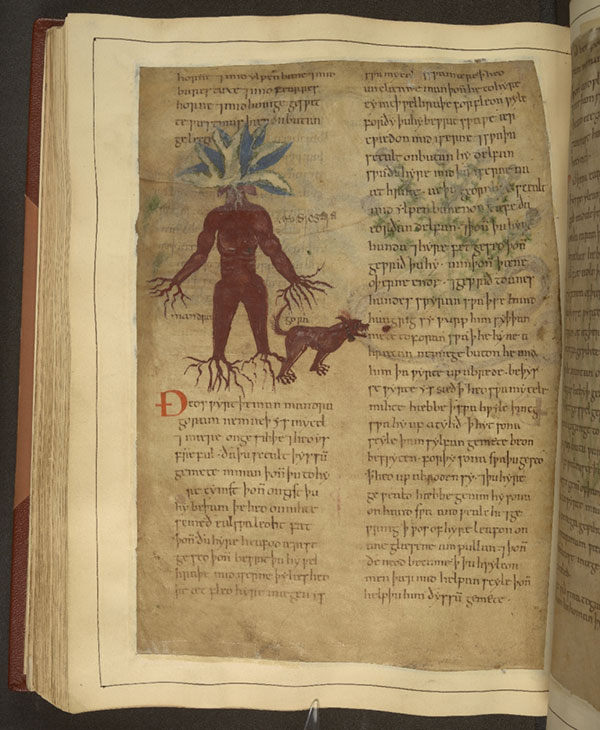

Indeed, despite many attempts to ban and censor, the practice of magic held a certain appeal in the period after 1500, especially among learned and elitist circles who, behind closed doors, sought to redefine the boundaries between magic, religion and science. The collection reveals the secret knowledge which was passed on from generation to generation within the upper social milieus. Some rituals allow you to look into your own future, while others can make the bewitched become invisible or even allow them to fly. Most of the texts are ritual scripts, that is, instructions for and descriptions of rituals. These grimoires are based on Ancient Egyptian, Greek, Roman, Judeo-Christian and Islamic traditions. Written in German, Italian and Latin around 1700, the 140 manuscripts include transcripts, recreations and translations of magical texts. Old traditions which are not common knowledge Daniel Bellingradt, Junior Professor in Book Science and specialist in historical communication research at the Friederich-Alexander-Universität Erlangen-Nürnberg (FAU), examined a collection of 140 ritual magical manuscripts from the early 18th century which had previously remained undiscovered in the library of the University of Leipzig.

Bernd-Christian Otto from the Max Weber Centre for Advanced Cultural and Social Studies at the University of Erfurt, Prof.

Gleichzeitig werden Bausteine zum Verstaendnis religioeser Normen- und Identitaetsbildung sowie hieraus folgender Ein- und Ausgrenzungsstrategien im Kontext westlicher Religionsgeschichte geliefert.Predicting the future, summoning angels and demons, creating talismans, dowsing rods and magic mirrors: In early modern times, magical rituals were part of the body of knowledge of the educated classes of society. Folgerichtig muendet die Studie nicht in der Identifizierung eines Wesenskerns oder einer weiteren Magiedefinition, sondern etabliert philologisch-historiographische Magieforschung als neues Forschungsfeld, welches der Pluralitaet historischer Bedeutungen, Wertungen und Funktionen des Magiebegriffs Rechnung zu tragen versucht. Ottos konsequente Historisierung des Magiebegriffs stellt eine methodische Reaktion auf die seit langem stagnierende akademische Magiedebatte dar.

Um der Vielfalt ihrer Meinungen gerecht zu werden, legt Bernd-Christian Otto erstmals eine zusammenhaengende Darstellung der etwa 2500 Jahre umfassenden Geschichte des Magiebegriffs vor. sich- von der Spaetantike bis heute- selbst als "Magier" bezeichnet und verstanden haben. Was ist "Magie"? Diese Frage beschaeftigte nicht nur Religionswissenschaftler der letzten beiden Jahrhunderte, sondern bereits antike Dichter und Philosophen, juedische, christliche und muslimische Autoren, fruehneuzeitliche Humanisten, Aufklaerer, Romantiker sowie Personen, die.


 0 kommentar(er)
0 kommentar(er)
